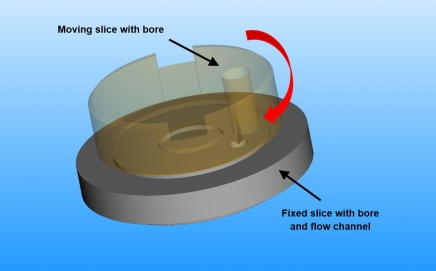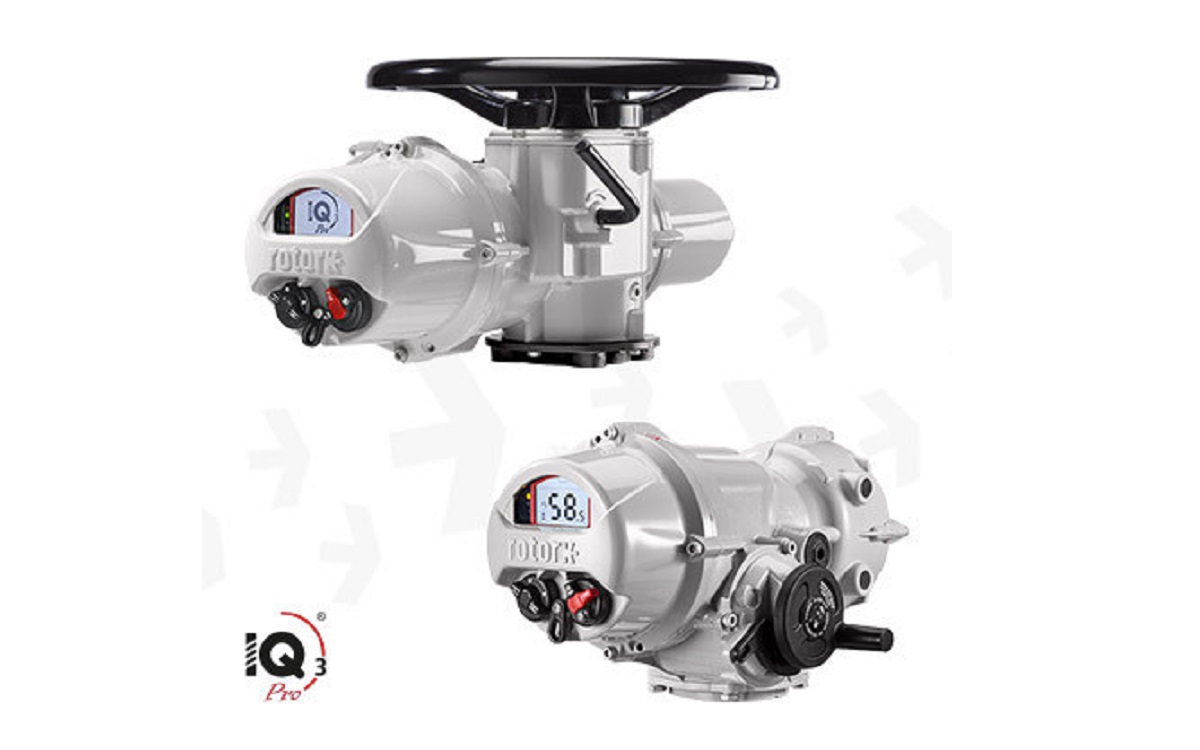Control valves are used in a wide range of capacity, from butterfly valves with a rated flow coefficient Kvs of more than 50.000 m3/h (enough capacity to fill an Olympic swimming pool within 3 minutes) down to microflow valves with less than 10-5 m3/h rated flow capacity. Such a microflow valve would need more than 20 hours to filla glass of water.
Typically, microflow control valves are globe style valves with seat diameter 2 mm or less, where the plug either is a parabolic plug or a V-notch type. The turndown ratio and control performance of such a valve is mainly dependent on the tolerances between plug and seat ring. Assuming a control ratio of 20:1 and KVs 10-5 m3/h (and following the rule of thumb, that a KV of 1 m3/h corresponds to 28 mm2 vena contracta area), on such valve trim the tolerance between plug and seat ring must be less than 3µm. Besides of the challenge to produce such high-precision parts, it is beyond any discussion, that this kind of trim can be used on clean process fluids only and, due to the thermal expansion, only within a restricted temperature range.
This new (patent pending) approach is based on a (rotary) sliding gate valve, where two slices with lapped surfaces are installed in the valve, pressed together by a spring and the differential pressure. This enables zero-tolerance, without any limitation due to tolerances or thermal expansion. Each slice has one or more bores for the flow passage. Normally the flow passage of such sliding gate valve is only open when the bores overlap. Especially with small rated flow coefficient (means small bores) this results in an on/off characteristic of the valve.
In this new design one of the slices is equipped with a tangential flow channel, which leads and expands into the bore of this slice. This enables a smooth control behaviour with sufficient opening angle (more than 60 degrees). The slices can be made of any material (even ceramics), which makes the trim resistant against each process fluid and pressure drop. Although the valve plug movement is quarter-turn, a standard globe valve housing DN 15 – 25 (ANSI ½” to 1“) rated PN16 – PN 250 (ANSI Class 150 – 1500) is used. This makes the design economic and allows changing from a standard valve to the new design, even at an existing valve. First flow characteristic and critical flow factor FL measurements up to 150 bar differential pressure have proven the performance of this approach, even under pressure drop up to 250 bar.
VALVE WORLD EXPO: HALL 4, BOOTH A02
New approach for a severe-duty Microflow Valve
Category: Products
Topic: Safety Valves
Author: Vulkan Verlag
Date: 30. May. 2020

You might also be interested in:
Inside Industrial Valves
The industry newsletter
Your free email newsletter for the valve industry.





